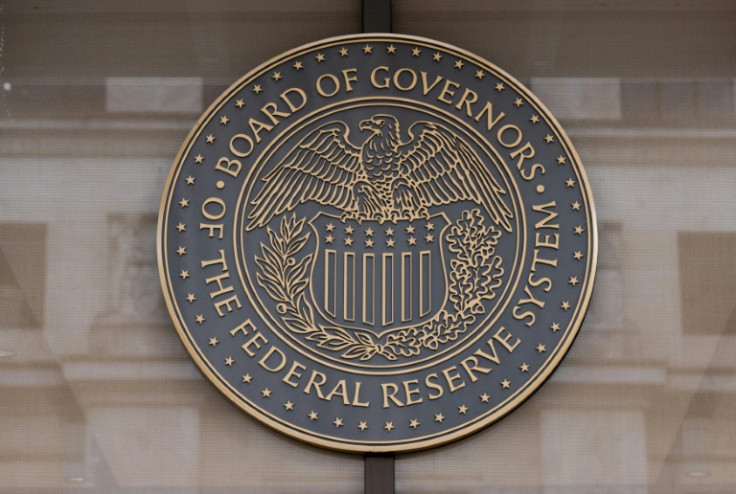
The Federal Open Market Committee (FOMC) is expected to leave the Federal Funds Rate (FFR) unchanged at the current range of 5.25% to 5.50% in its regular meeting this week.
That's according to the CME's FedWatch Tool, which estimates the likelihood of changes in this critical interest rate for U.S. monetary policy. This week, it points to a 98.4% probability of FOMC setting the FFR target at the current range this week, down from 97.1% a week ago and 90.9% a month ago.
FFR is the interest rate at which depository institutions like banks and credit unions lend funds to each other in the overnight money market and is a benchmark for short-term interest rates, such as the prime and Treasury Bills.
The likelihood of another interest rate pause has declined slightly, thanks to the resilience of the U.S. economy, which continues to churn new jobs at a healthy pace, and unemployment remains near multi-year lows.
That's why Wall Street will pay close attention to the statement about economic conditions accompanying the FOMC decision and the comments made by the Fed chair to figure out whether this week's pause will prepare markets for a pivot in 2024 — the shift from monetary tightening to monetary easing i.e. interest rate cuts.
However, the recent conflicting economic environment paints a complex picture.
On one hand, there are promising signs that the fight against inflation is almost over as headline Consumer Price Index and Producer Price Index have fallen in recent months, heading closer to the Fed's target of 2%. Consumer inflation expectations have also eased.
On the flip side, the applications filed for jobless claims increased despite the labor market being resilient. FOMC keeps a close watch, among others, on the health of the labor market in determining the direction of the nation's monetary policy.
"Taking a close look at the recent data, it's a bit of a mixed bag: new job additions didn't quite meet expectations, inflation played by the rules, and there was a noticeable spike in unemployment claims, hitting 1.93 million," Joe Camberato, founder/CEO of NationalBusinessCapital.com, told International Business Times.
In this scenario, the Fed would likely need more information on inflation and the economy to determine the course of action in its upcoming meetings, meaning that monetary policy will continue to be "data dependent."
"Unless something drastically changes the economy over the coming months, we shouldn't expect any cuts until the second half of next year at the earliest," LendingTree senior economist Jacob Channel told IBT. "There's a chance that the Fed will keep rates where they currently are for some time and that we don't see any cuts next year."
Still, an economy of moderate inflation and moderate economic growth is consistent with what economists call a "soft landing," an ideal environment for equities.
"The likelihood of an economic soft landing appears to be increasing, which is certainly good news for market participants," said Robert R. Johnson, Ph.D., CFA, CAIA, professor of finance, Heider College of Business, Creighton University.
However, Camberato is worried about the prospect of elevated interest rates that could push the U.S economy to deflation for the first two quarters of 2024.
"The initial idea was to cool down the economy, but we might be at a point where we're at risk of slowing growth too much," he added. "Throw in the Fed's proposed Basel 3 Endgame, tightening the screws on banks and you've got a potential recipe for some serious economic challenges down the road."
Deflation would force the Fed to cut interest rates aggressively to prevent prolonged economic stagnation and count lost decades, as was the case with Japan in the last three decades.
Rod Skyles, blogger with the Unconventional Economist, sees the Fed using obscure language to leave the door open for moving the interest rate needle in either direction.
"The best guess right now is that the FOMC will punt, have intentionally cryptic language that does not box it into one direction or the other, and push any real policy change decisions as far down the road as possible," he told IBT. "To complicate things, the election next year will certainly be influenced by economic conditions, making any decision they make even more politically critical, again making a clear policy direction less likely for now."







